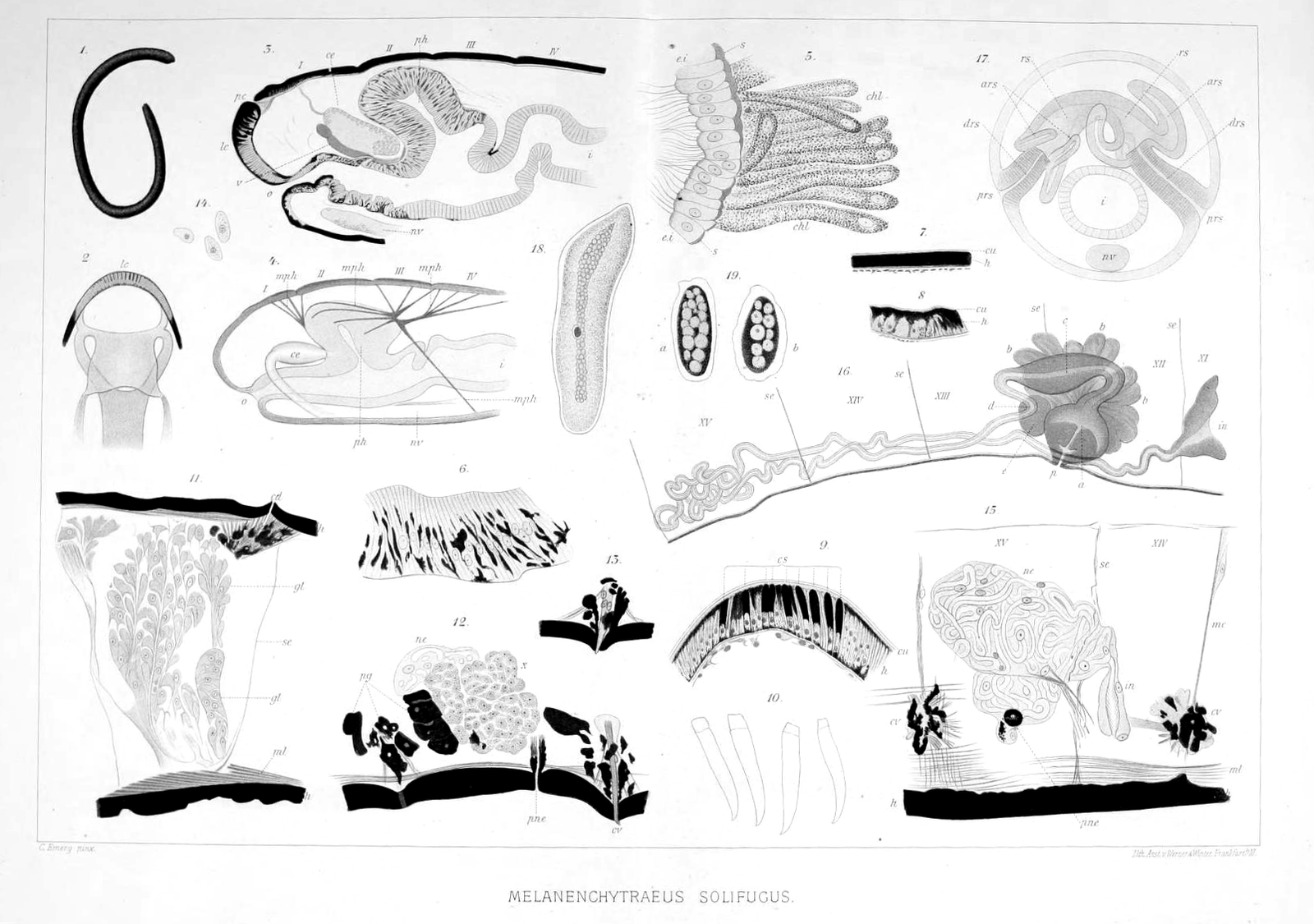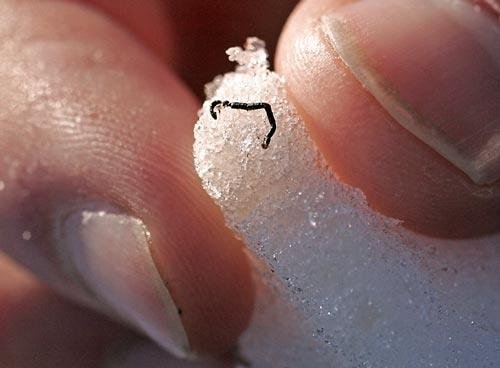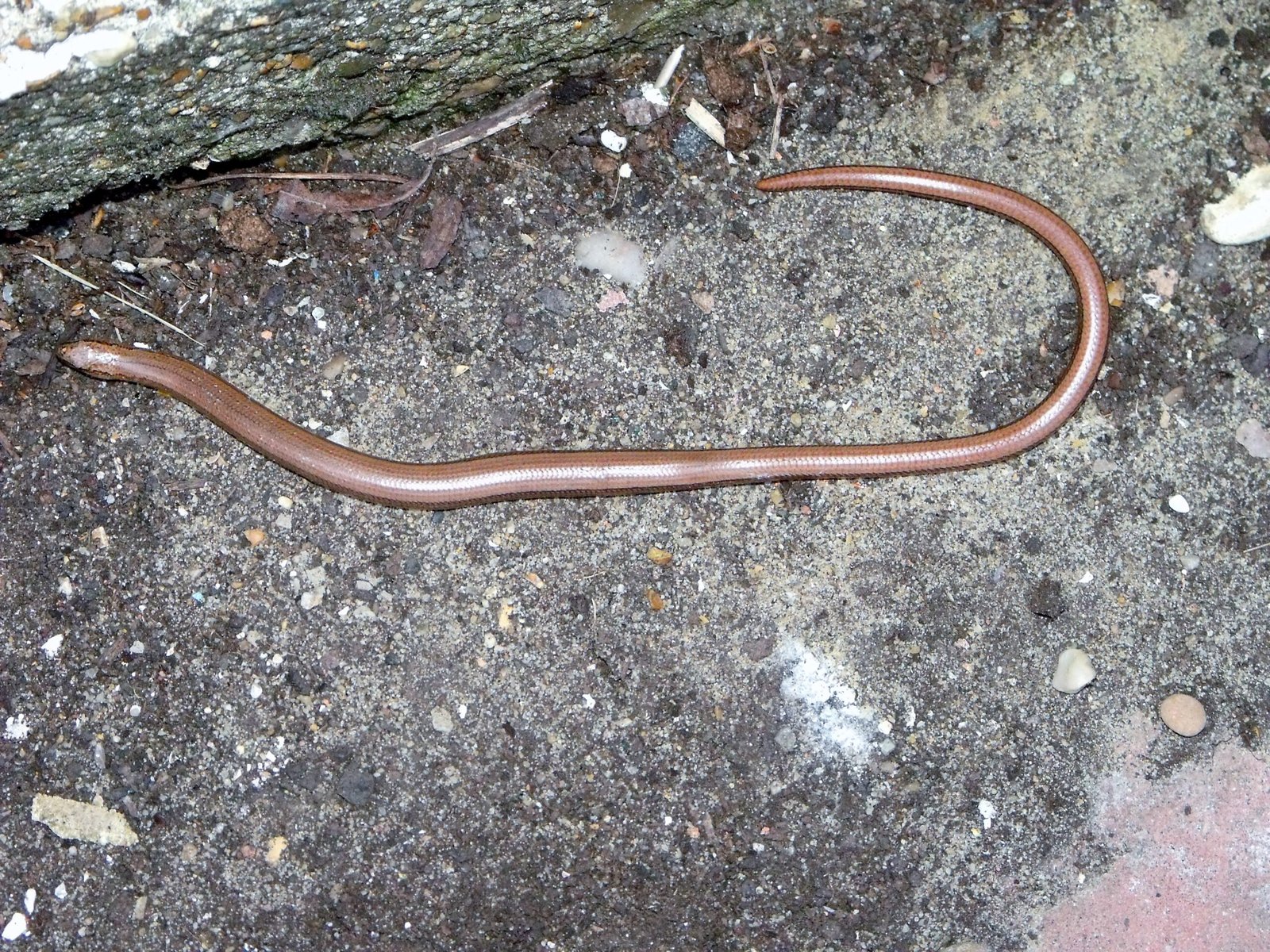Imagine a creature so delicate, so attuned to the chill of its world, that a brief touch of warmth could spell its end. This is not a myth spun around a campfire, but the remarkable reality of the ice worms of Alaska. Hidden beneath the frozen crust of glaciers, these tiny, enigmatic beings live a life on the razor’s edge of survival. Their existence feels almost magical—a thread binding the mysteries of life to the relentless cold. How do these creatures thrive in such extremes? Why does the very warmth that brings most living things comfort, destroy the ice worm? The story of Alaska’s ice worms is one of scientific astonishment, evolutionary marvel, and a lesson in the fragility of life itself.
The Secret World Beneath the Ice

Beneath the silent, shimmering glaciers of Alaska, an entire world exists out of sight—a world where ice worms quietly wriggle through the frozen darkness. These worms, scientifically known as Mesenchytraeus solifugus, are so tiny that they can easily go unnoticed by the casual observer. Yet, every summer evening, thousands of them emerge on the surface of the ice, creating a living tapestry that hints at the mysteries hidden below. Their presence is a reminder that even the harshest environments on Earth can harbor life in the most unexpected forms. Unlike any other worm on the planet, the ice worm’s entire life is bound to the glacier, and it never strays far from its icy home.
What Are Ice Worms?

Ice worms are slender, thread-like creatures, usually less than an inch long, and jet black in color. They belong to the same broader family as earthworms but have evolved in astonishing ways to survive the cold. These extraordinary worms are found almost exclusively on coastal glaciers of northwestern North America, especially in Alaska. When seen up close, their movements are slow and graceful, almost hypnotic as they glide across the ice. Their bodies are incredibly soft and fragile, reflecting their adaptation to the constant cold. Unlike most worms, the ice worm’s tissues are packed with proteins and molecules specially designed to keep them flexible at freezing temperatures.
Survival at the Edge of Freezing

The most amazing fact about ice worms is their strict temperature requirement: they can only live between about 32°F (0°C) and 40°F (4°C). Anything warmer is a death sentence. If an ice worm is exposed to temperatures just a few degrees above freezing, its body essentially melts—its cells break down, and it quickly perishes. This extreme sensitivity is due to the unique makeup of their cell membranes and proteins, which are perfectly suited for cold but disastrously unstable when warm. Their metabolism is so tightly tuned to the cold that heat is a poison, not a comfort. It’s as if they are living snowflakes—so beautiful and so easily destroyed by the touch of warmth.
The Science Behind Their Cold Adaptation

Ice worms have fascinated researchers for decades because of their extraordinary ability to function in cold environments that would freeze most other life forms solid. They produce special proteins, called ice-binding proteins, which prevent the formation of damaging ice crystals inside their cells. These proteins act like antifreeze, keeping their bodies from freezing despite the glacial chill. Additionally, their cell membranes contain unique fatty acids that remain fluid in the cold, allowing essential nutrients to pass through without the risk of hardening. This biochemical wizardry is not only a marvel of evolution but also a source of inspiration for scientists searching for ways to preserve tissues or develop new cold-resistant materials.
Feeding on Glacial Microbes

Life on a glacier might sound impossible, but ice worms have carved out a unique ecological niche. They feed on microscopic algae and bacteria that grow on the glacier’s surface during the brief Arctic summer. These tiny plants and microbes form a thin, slippery film on the ice, which the worms graze upon as they move. In a way, the ice worm is both farmer and harvester, cultivating and consuming the thin layer of life that manages to survive in such an unforgiving environment. Their feeding habits help recycle nutrients within this icy ecosystem, supporting other tiny creatures and even influencing the glacier’s chemistry.
A Nightly Dance on the Glacier
One of the most enchanting sights in Alaska’s glacial regions occurs at dusk, when thousands of ice worms wriggle to the glacier’s surface. This nightly ritual is thought to help them feed more efficiently and avoid predators, who are fewer during the cooler evening hours. As the sun sets and temperatures drop, the ice worms emerge in waves, their dark bodies striking against the pale ice. This behavior has puzzled scientists, but it’s likely driven by the need to balance temperature, food availability, and safety. For those lucky enough to witness it, the scene resembles a living, moving constellation glittering across the frozen expanse.
The Mystery of Their Melting
The phrase “melt if they warm up” might sound like exaggeration, but it’s shockingly true for ice worms. Their bodies are so perfectly tuned to glacial cold that a slight rise in temperature causes their delicate cells to rupture. Within minutes, an ice worm exposed to room temperature begins to dissolve, unable to maintain its structure. This phenomenon is a stark reminder of how finely balanced life can be—how adaptation to one extreme can mean total vulnerability to another. For scientists, studying this process helps unlock secrets about cellular stability, membrane chemistry, and the limits of life on Earth.
Why Haven’t You Heard of Ice Worms Before?
Despite their fascinating biology, ice worms remain largely unknown outside scientific circles and the communities that live near glaciers. Their remote habitat, tiny size, and nocturnal habits make them easy to overlook, even by experienced hikers or mountaineers. Many Alaskans have heard tales of “worms in the ice,” but few have seen them firsthand. Even in an age of endless information, some of nature’s most incredible stories remain hidden in plain sight, waiting for curious minds to uncover them. The ice worm is a perfect example of a creature that defies expectations and quietly rewrites the rules of survival.
Climate Change: An Existential Threat
The survival of Alaska’s ice worms is now threatened as never before. Glaciers across North America are shrinking at alarming rates due to climate change, and with them, the habitat of the ice worm is disappearing. As the ice recedes, temperatures rise beyond what these delicate creatures can endure. Their entire existence is tied to the fate of the glaciers, making them a living warning sign of the planet’s shifting climate. The story of the ice worm is not just a scientific marvel but a call to action—a reminder that even the smallest lives are entwined with the health of our world.
Ice Worms and the Search for Life Beyond Earth
The extreme lifestyle of the ice worm has caught the attention of astrobiologists searching for life in the universe. If a creature can survive, and even thrive, in the perpetual cold of an Alaskan glacier, might similar life exist on icy worlds like Europa or Enceladus? The strategies ice worms use—like antifreeze proteins and cold-loving enzymes—offer clues about what life might look like on other planets or moons. Studying these worms not only broadens our understanding of life on Earth but also expands the horizon of where life might be found beyond our planet.
The Lasting Fascination of the Ice Worm
There is something undeniably captivating about the ice worm—a creature that lives in silence and darkness, yet plays a crucial part in its hidden ecosystem. Its story is one of adaptation, resilience, and the beauty of life in unlikely places. To know that such a fragile being can survive where so little else can is both humbling and awe-inspiring. The ice worm invites us to look closer at the world around us, to appreciate the wonders that lie just beneath the surface, and to protect the delicate balance that allows such marvels to exist.




